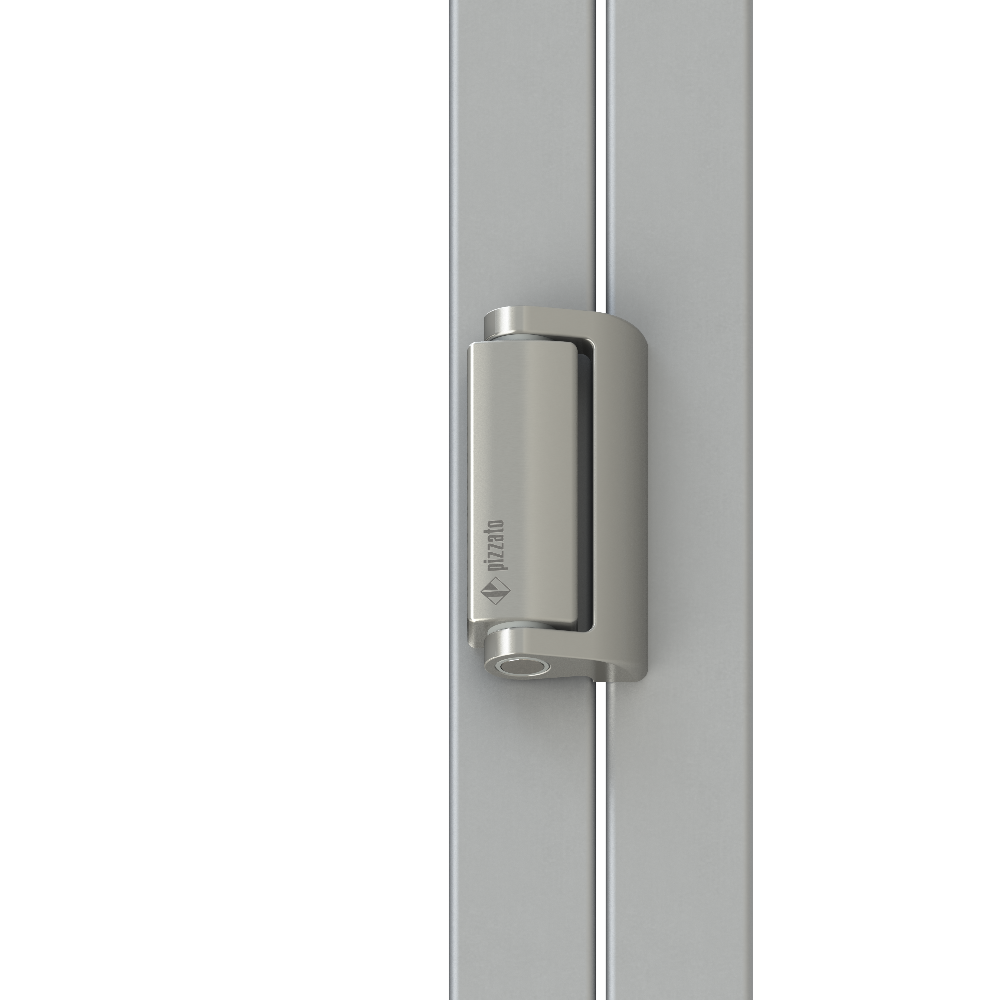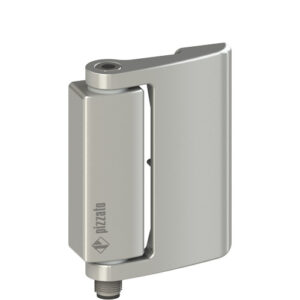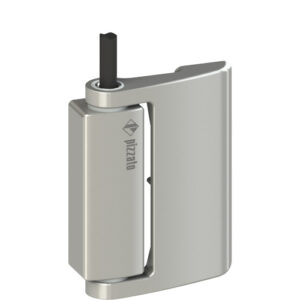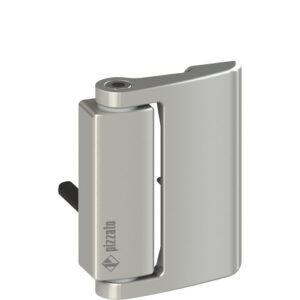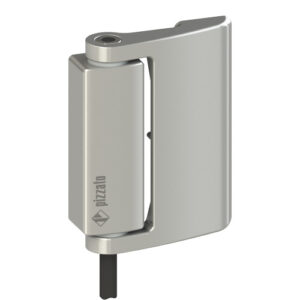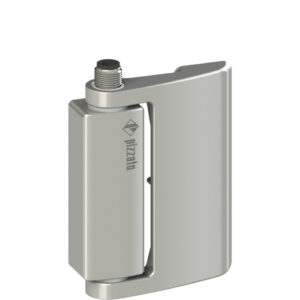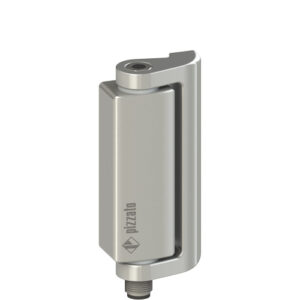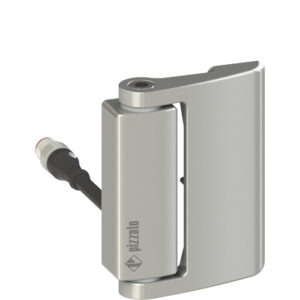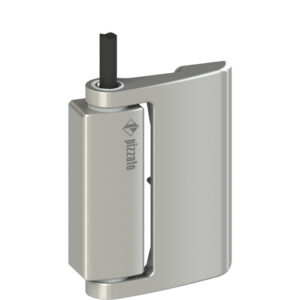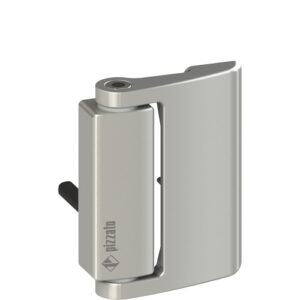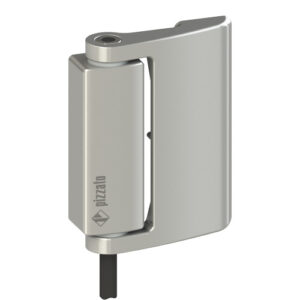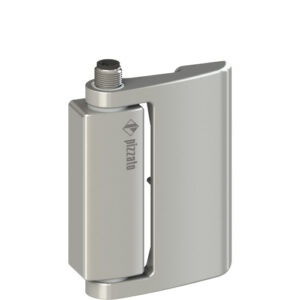Understanding Hinge Safety Switches Definition and Functionality Hinge safety switches are a type of safety interlock switch that detect the opening angle of hinged guard…
Understanding Hinge Safety Switches
Definition and Functionality
Hinge safety switches are a type of safety interlock switch that detect the opening angle of hinged guard doors. Instead of relying on traditional door contacts, these devices use the hinge mechanism itself to monitor the door’s position. This integrated approach delivers a superior alternative for space-critical or harsh industrial environments. Most models operate within a defined trigger angle range, ensuring normal functionality is maintained until intentional door movement occurs.
How Hinge Safety Switches Enhance Machine Safety
By mounting directly on the hinged guard doors, these switches offer protection against manipulation and accidental triggers. Their Positive Opening Requirements guarantee the contact block physically separates during actuation, a must-have for machine safety. When connected to the power supply, the switch’s auxiliary contacts and safety outputs work in tandem to halt operations if guards are opened at an inappropriate time, preventing damage to machinery and reducing operator risk.
Key Differences from Standard Safety Switches
Unlike separate actuator-based solutions, hinge switches integrate sensing and actuation into a single switch body, minimizing tampering and simplifying alignment. They eliminate issues with lost actuators or incorrect post-installation alignment. Models with Load-Bearing Hinges, such as the Pizzato HP Series, are particularly effective for heavy doors, offering robust performance in industrial applications.
Types of Hinge Safety Switches
Electromechanical Hinge Interlock Switches
These switches rely on physical contact and slow action mechanisms, making them ideal for applications requiring precise contact configurations. They are widely used in scenarios demanding reliable interruption during normal operation, such as safety door interlock switches for access panels. For example, the Pizzato HP Series provides a rugged electromechanical solution with metal-bodied options designed for high-load settings.
Non-Contact Hinge Safety Switches
Utilizing magnetic or coded technology, these models enhance tamper protection and are well-suited for hygienic or dusty environments. Non-contact hinge switches are often paired with PVC cable outputs and provide seamless monitoring with minimal wear, ensuring long-term reliability for any piece of equipment.
Adjustable and Compact Hinge Switch Models
For machines with limited mounting space or variable trigger angle ranges, adjustable models offer flexibility. Compact switches are optimized for types of equipment with lighter doors and less stringent actuation force needs, offering a complete solution for space-constrained installations.
Smart and Industry 4.0-Compatible Switches
Some modern hinge-actuated safety interlock switches include diagnostics, voltage compatibility monitoring, and real-time feedback. These advanced models support post-installation evaluations and integrate easily with safety PLCs, contributing to streamlined normal function verification.
Technical Features and Specifications
Materials: Stainless Steel, Plastic, and Hygienic Options
Material choice is critical. Stainless steel bodies ensure corrosion resistance in washdown settings. Plastic enclosures offer cost-effective alternatives, while hygienic designs meet the needs of cleanroom and food processing industries. The Pizzato HP Series is available in both plastic and metal body versions, suitable for a wide range of operational environments.
Ingress Protection Ratings: IP67, IP69K, and Beyond
Most hinge switches offer ingress protection ratings of IP67 or IP69K, ensuring resistance to water, dust, and high-pressure cleaning. These ratings are vital for maintaining normal functionality in harsh environments or during frequent sanitation.
Load Capacity and Switching Performance
Switches are rated for specific electrical loads and cycles. Variants with high load capacity support industrial applications where contact blocks must carry substantial current without degradation.
Angle of Actuation and Rotational Design
The trigger angle range determines when the switch reacts. Customizable ranges allow for precise control based on door size and hinge type. The rotational design directly correlates actuation with hinge movement, ensuring reliable performance across different types of equipment.
Built-in Actuators and Compact Configurations
Compact models with built-in actuators simplify installation. They reduce the chance of misalignment and support fixed cable output types such as Type of cable: pre-wired PVC or M12 connectors—enhancing durability in constrained spaces. Some products offer pre-configured cable options for seamless integration.
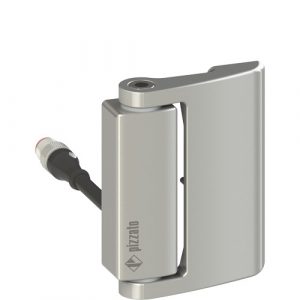
Industry Applications
Food and Beverage Processing Environments
Hinge safety interlocks with stainless steel bodies and IP69K ratings are ideal here. They withstand washdowns and prevent contamination risks, aligning with strict hygiene standards.
Cleanroom and Pharmaceutical Settings
Low-particulate, hygienic hinge switches with sealed switch bodies offer contamination-free operation, protecting sensitive processes and minimizing environmental exposure.
Packaging Lines and Conveyor Systems
On high-speed systems, hinge safety interlocks prevent operators from opening covers or enclosures during motion. Their slow action contacts support reliable stopping under load.
Industrial Automation and Robotics Integration
These switches play a key role in safeguarding automated cells and robotic arms. Paired with auxiliary contacts, they relay real-time door status to PLCs, allowing for coordinated, safe machine shutdown.
Safety Standards and Compliance
ISO 14119 and EN Standards Compliance
Hinge switches conform to ISO 14119 and other EN safety interlock standards, ensuring machine builders meet international compliance for door monitoring systems.
Electrical and Mechanical Safety Considerations
Designs include Positive Opening Requirements, reliable contact blocks, and safe disconnection of power supply during hazardous access. These are critical in reducing the risk of machine startup during access.
Safety Categories and Performance Levels (PL)
Modern hinge interlocks support SIL and PL-rated systems with dual-channel safety outputs, ensuring appropriate performance under normal operation and fault conditions.
Compliance in Harsh and Washdown Environments
Ingress-protected, stainless steel-bodied switches are engineered for use in environments exposed to chemicals, sprays, or particulates—maintaining normal functionality despite frequent exposure.
Choosing the Right Hinge Safety Switch
Assessing Operational Requirements
Start by identifying the type of safety interlock required: electromechanical, non-contact, or smart. Consider contact configuration, signal requirements, and safety output needs.
Environmental Considerations (e.g., Corrosion, Moisture)
For wet or dusty environments, IP69K-rated metal body switches are essential. For high-humidity or corrosive areas, stainless steel is the preferred material.
Mounting Options and Integration Needs
Review available space, cable output preferences (e.g., Type of cable like PVC), and mounting hole configurations. Select switches that fit cleanly into the door’s pivot point with minimal modification.
Evaluating Contact Ratings and Signal Feedback
Ensure compatibility with your control system’s voltage and load-bearing requirements. Evaluate auxiliary contacts and feedback paths to avoid delayed or failed shutdowns.
Frequently Asked Questions
When should you use a hinge safety switch?
Use hinge switches when your application involves hinged guard doors and you want a tamper-resistant, clean integration compared to traditional door contacts.
What is the actuation angle range?
This refers to the trigger angle range at which the switch engages. Models vary, typically between 3°–15°, allowing for precision control over access points.
Can they be used in wet or dusty environments?
Yes—IP67 and IP69K-rated models with PVC cable and sealed enclosures are designed specifically for harsh or washdown conditions.
What’s the difference between IP67 and IP69K ratings?
IP67 protects against temporary submersion, while IP69K withstands high-pressure, high-temperature spray—ideal for food processing or cleanroom settings.
